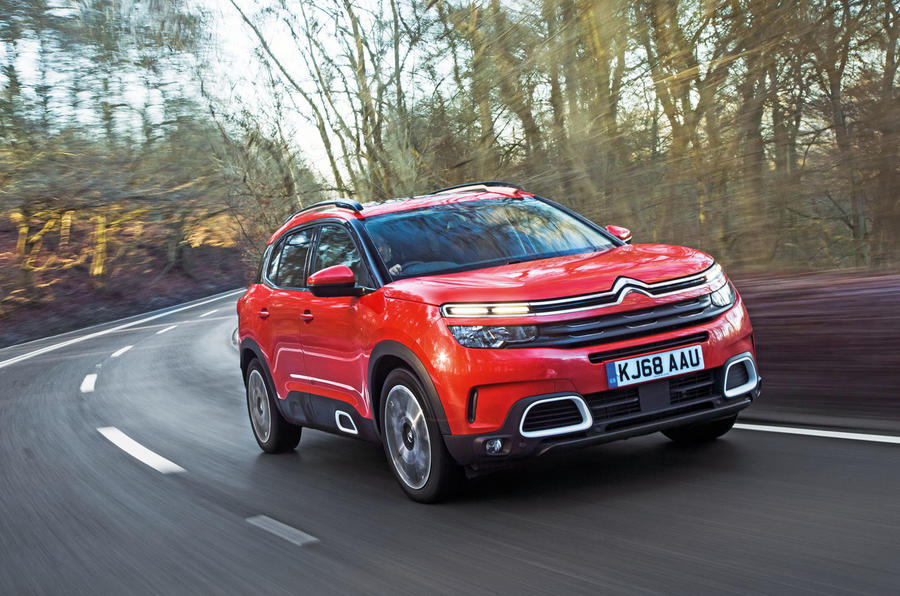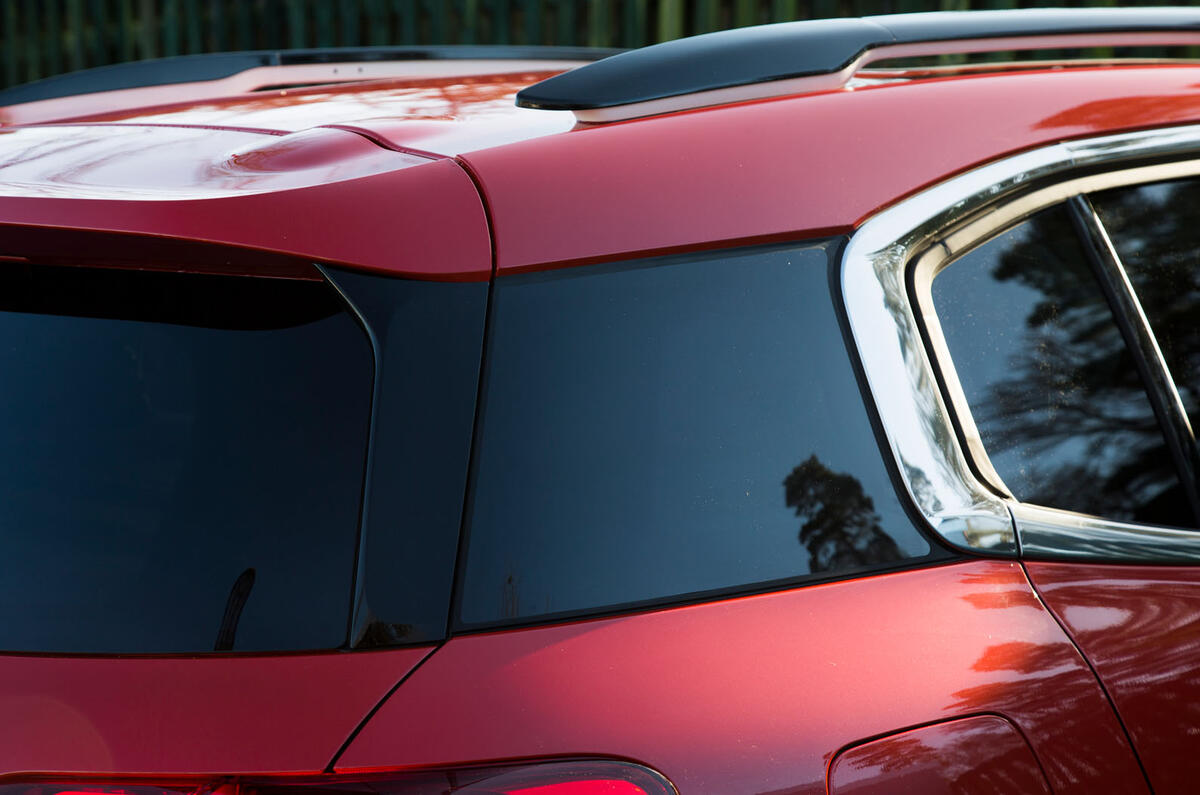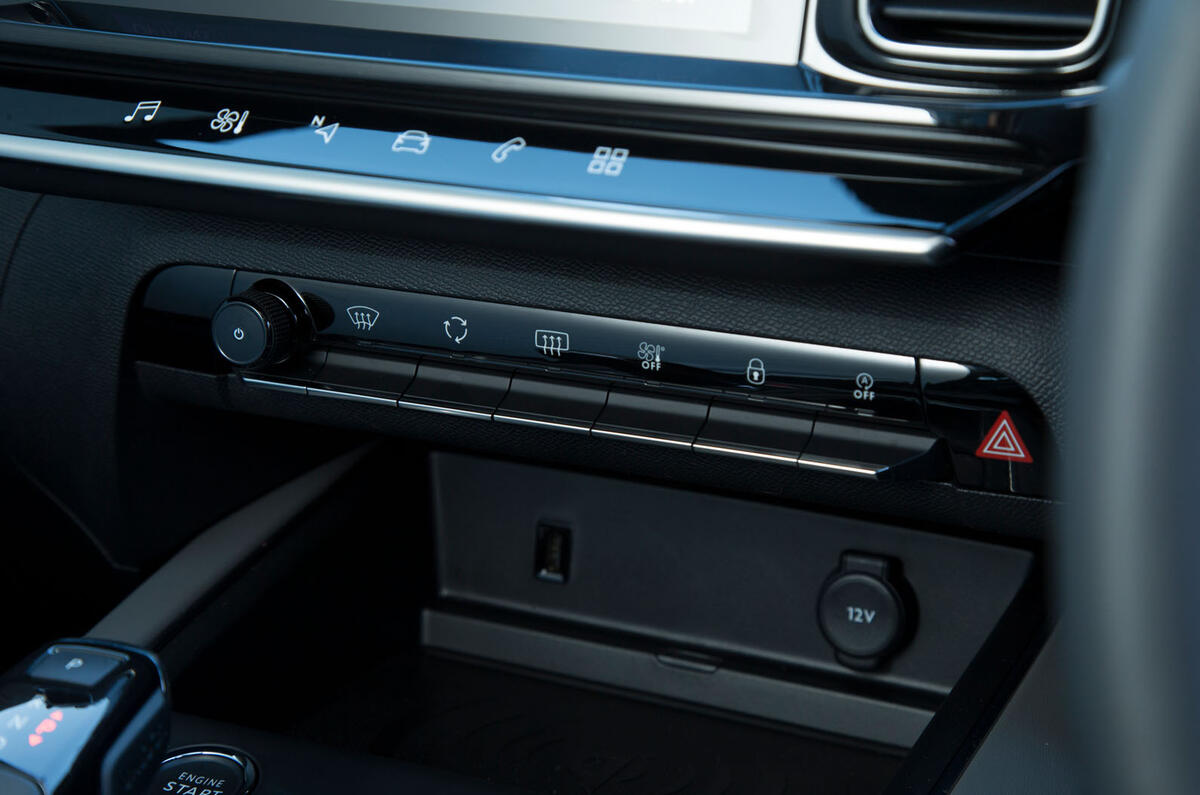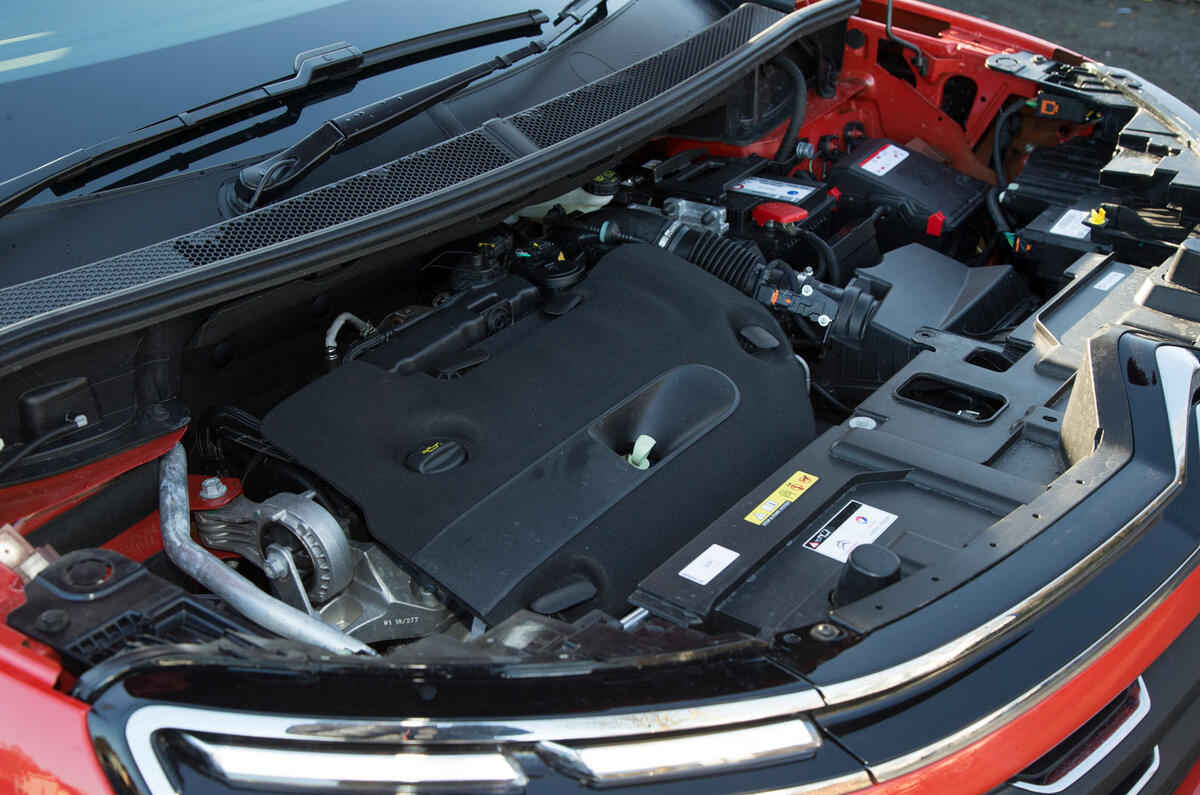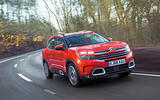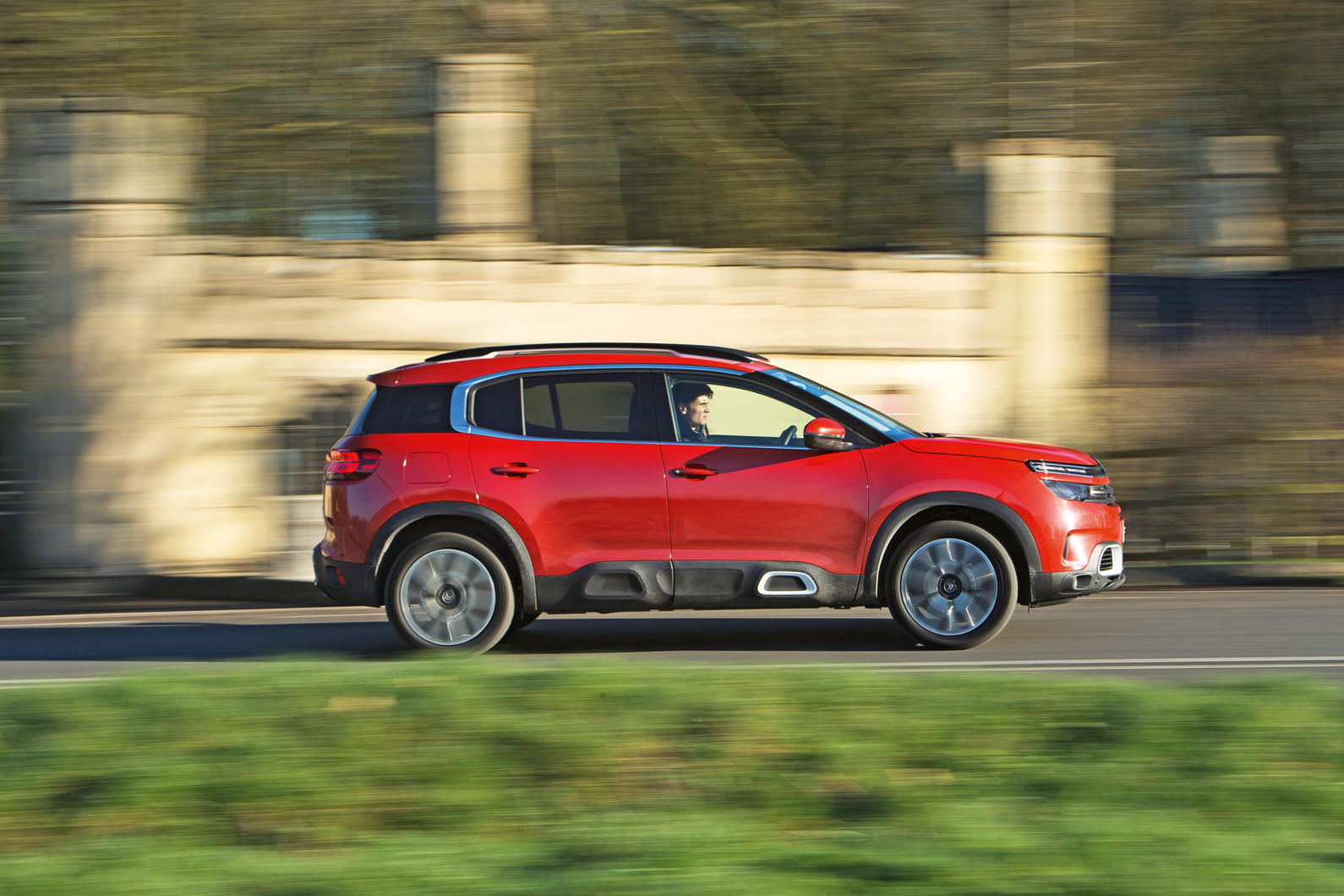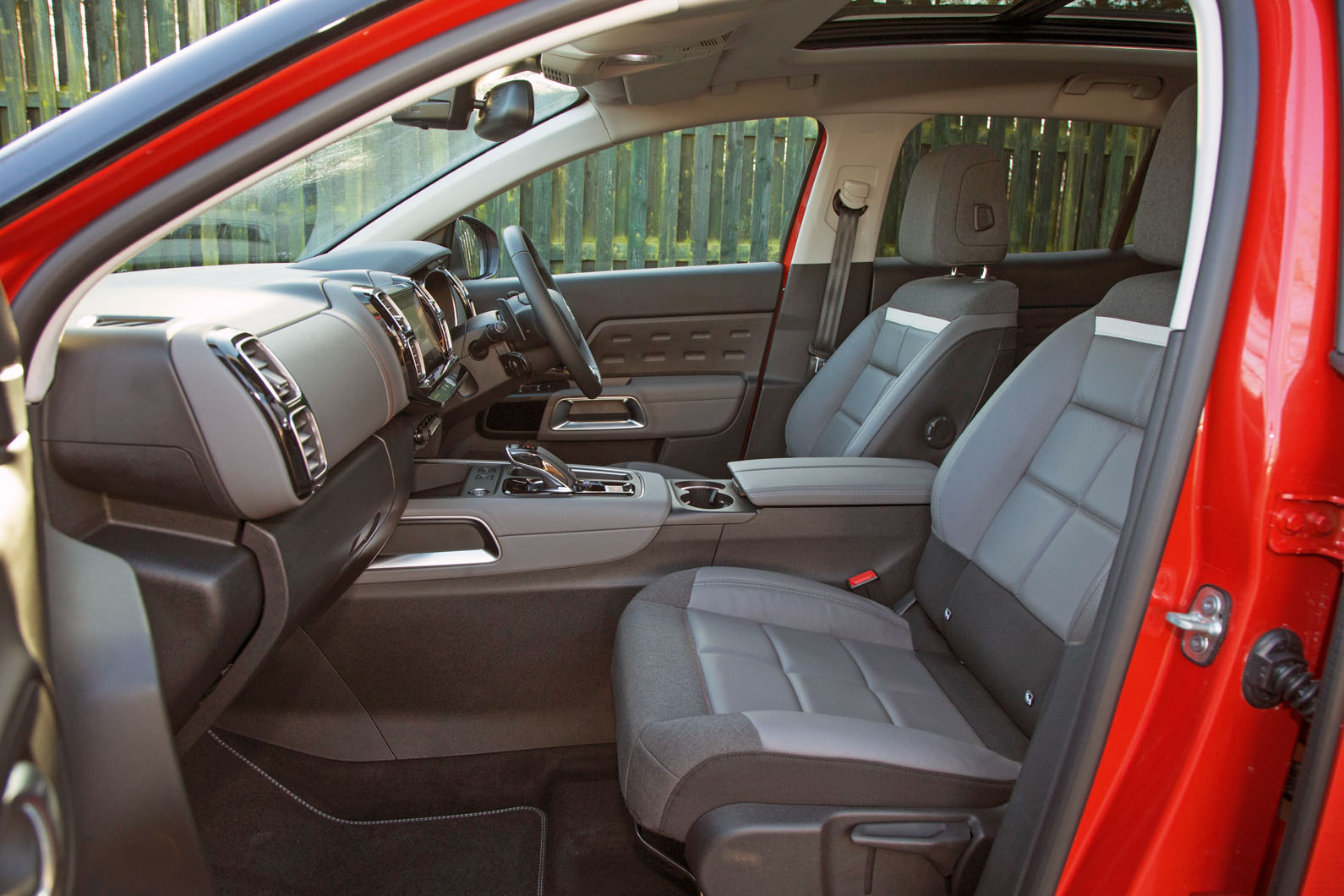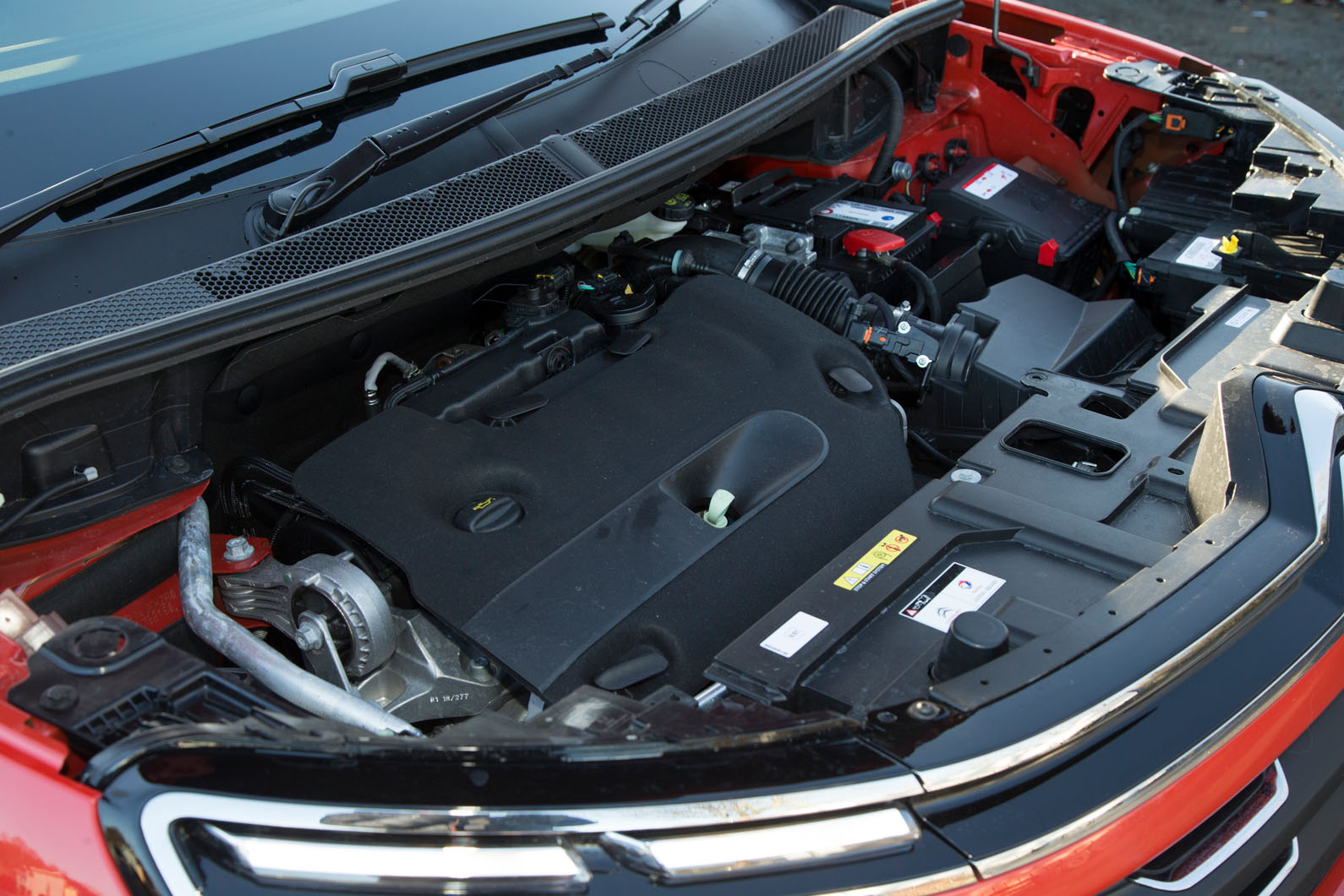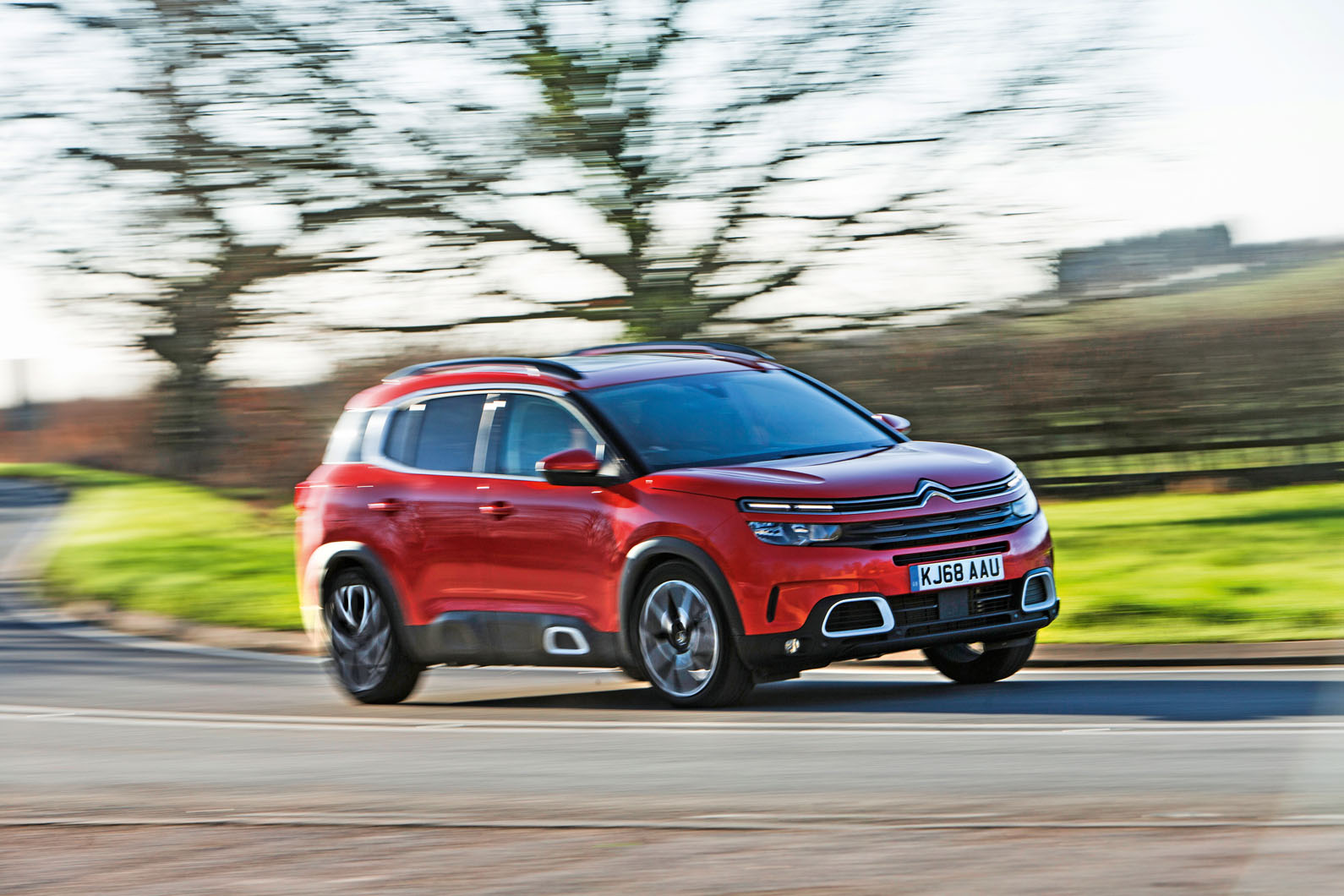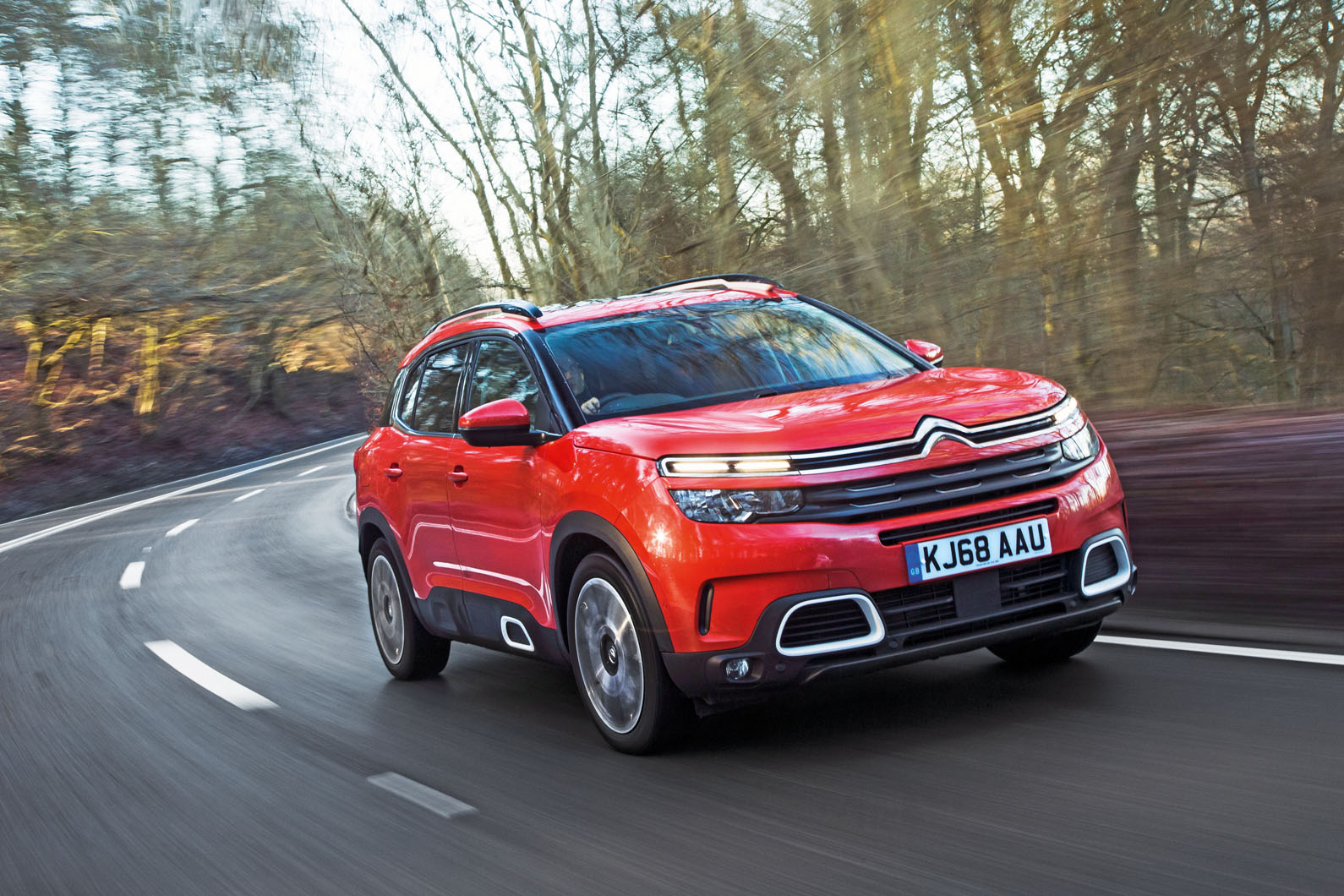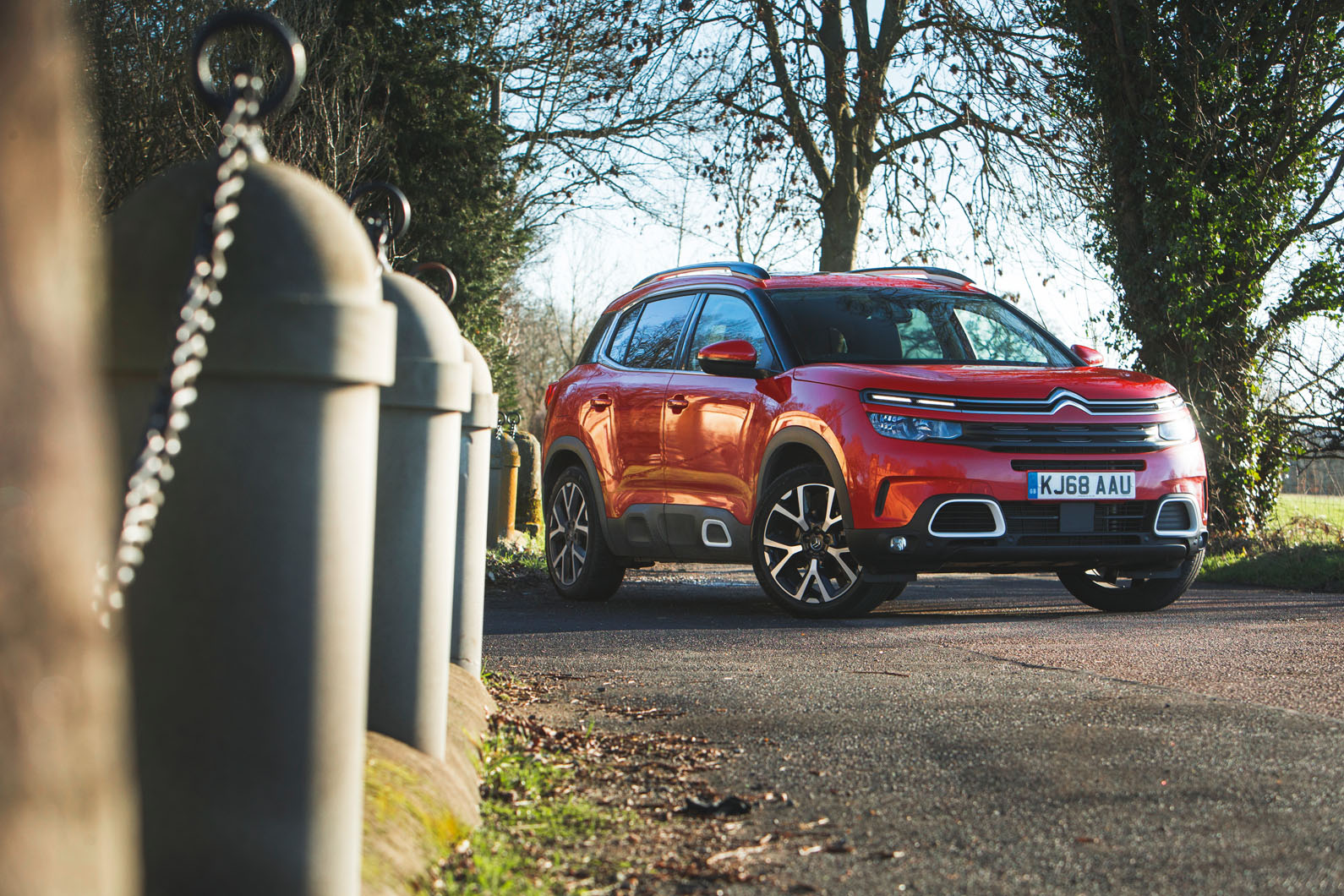Citroën has taken longer than most of its European rivals, but it has finally got what you might loosely call a range of family-friendly proprietary SUVs into showrooms on this continent.
Having launched its Aircross SUV sub-brand with the Mitsubishi-based C4 Aircross in 2011 (a car that never made it to the UK market) and then developed it with the pillarless, coach-doored Aircross concept car of 2015, Citroën followed up with the smaller C3 Aircross in 2017. And it has just partnered that supermini-sized crossover with this week’s test subject; and so, having been in production in China for more than a year now, the new C5 Aircross – a 4.5m-long five-seat SUV rival to the Volkswagen Tiguan and Mazda CX-5 – finally arrives in Citroën’s all-important home market, and in ours.
The days of SUV experimentation, then – of spinning double-chevron-badged derivatives off borrowed Mitsubishi platforms – are clearly over for Citroën. Now’s the time to find out what a fully formed, family-sized Citroën SUV, designed from a clean sheet and based on the firm’s own platform architecture, can do differently from the class norm. ‘Different’ is, after all, what we’ve been led to expect from the Citroën brand by its various debutants of the past few years.
And while this car is a sibling to the Peugeot 3008, that doesn’t mean it can’t be different. With both comfort and practicality hailed to be at the core of its strengths, the C5 Aircross innovates from its seat design to its suspension specification; and, with a boot that’s almost 600 litres at its smallest and fully removable individual back seats, it should certainly be practical, too.


